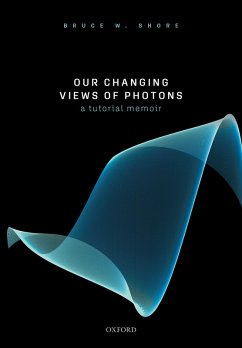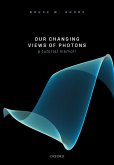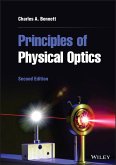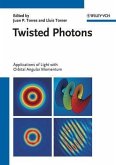Advances in technology often rely on a world of photons as the basic units of light. Increasingly one reads of photons as essential to enterprises in Photonics and Quantum Technology, with career and investment opportunities. Notions of photons have evolved from the energy-packet crowds of Planck and Einstein, the later field modes of Dirac, the seeming conflict of wave and particle photons, to the ubiquitous laser photons of today. Readers who take interest in contemporary technology will benefit from learning what photons are now considered to be, and how our views of photons have changed - in learning about the various operational definitions that have been used for photons and their association with a variety of quantum-state manipulations that include Quantum Information, astronomical sources and crowds of photons, the boxed fields of Cavity Quantum Electrodynamics and single photons on demand, the photons of Feynman and Glauber, and the photon constituents of the Standard Model of Particle Physics. The narrative points to contemporary photons as causers of change to atoms, as carriers of messages, and as subject to controllable creation and alteration - a considerable diversity of photons, not just one kind. Our Changing Views of Photons: A Tutorial Memoir presents those general topics as a memoir of the author's involvement with physics and the photons of theoretical Quantum Optics, written conversationally for readers with no assumed prior exposure to science. It offers lay readers a glimpse of scientific discovery - of how ideas become practical, as a small scientific community reconsiders its assumptions and offers the theoretical ideas that are then developed, revised, and adopted into technology for daily use. For readers who want a more detailed understanding of the theory, three substantial appendices provide tutorials that, assuming no prior familiarity, proceed from a very elementary start to basics of discrete states and abstract vector spaces; Lie groups; notions of quantum theory and the Schrödinger equation for quantum-state manipulation; Maxwell's equations for electromagnetism, with wave modes that become photons, possibly exhibiting quantum entanglement; and the coupling of atoms and fields to create quasiparticles. The appendices can be seen as a companion to traditional textbooks on Quantum Optics.
Dieser Download kann aus rechtlichen Gründen nur mit Rechnungsadresse in A, B, BG, CY, CZ, D, DK, EW, E, FIN, F, GR, HR, H, IRL, I, LT, L, LR, M, NL, PL, P, R, S, SLO, SK ausgeliefert werden.









